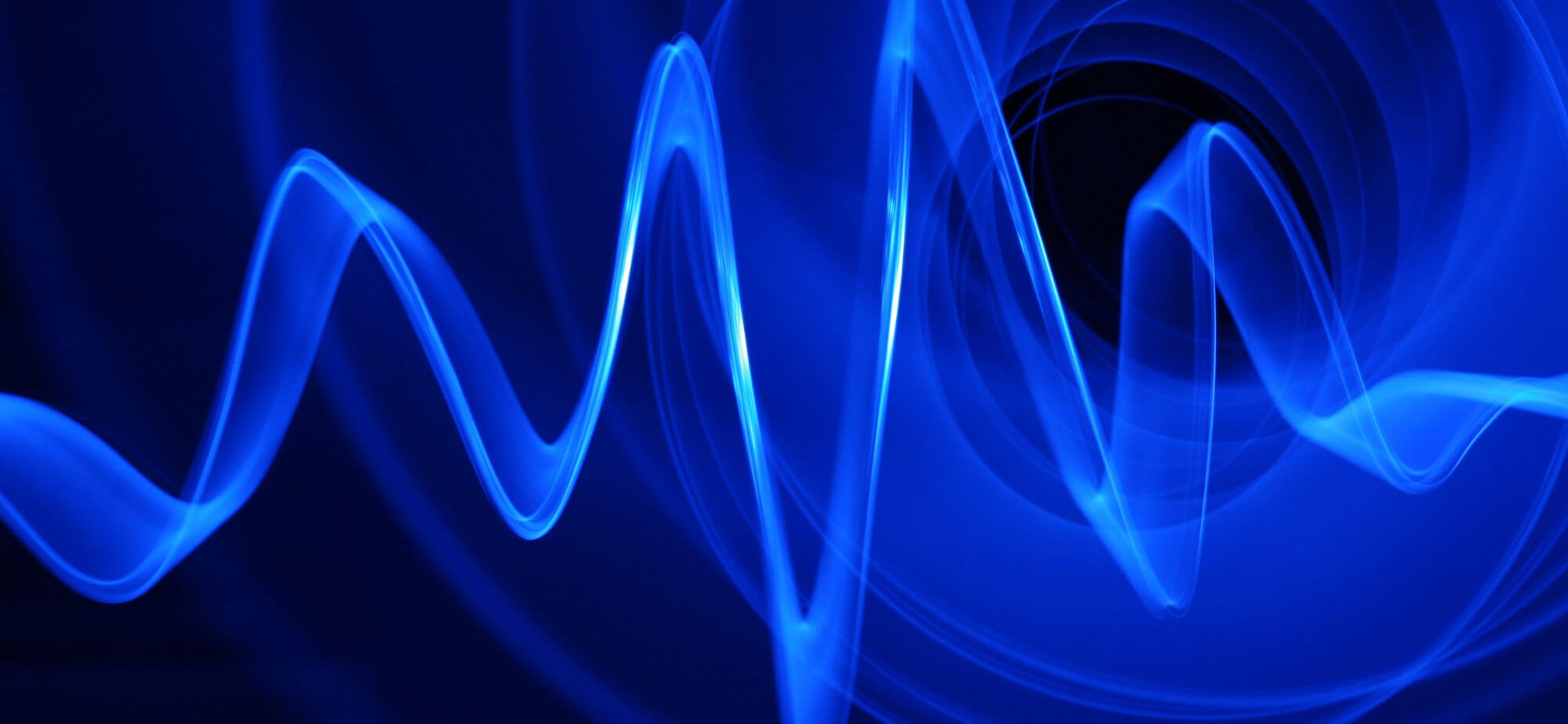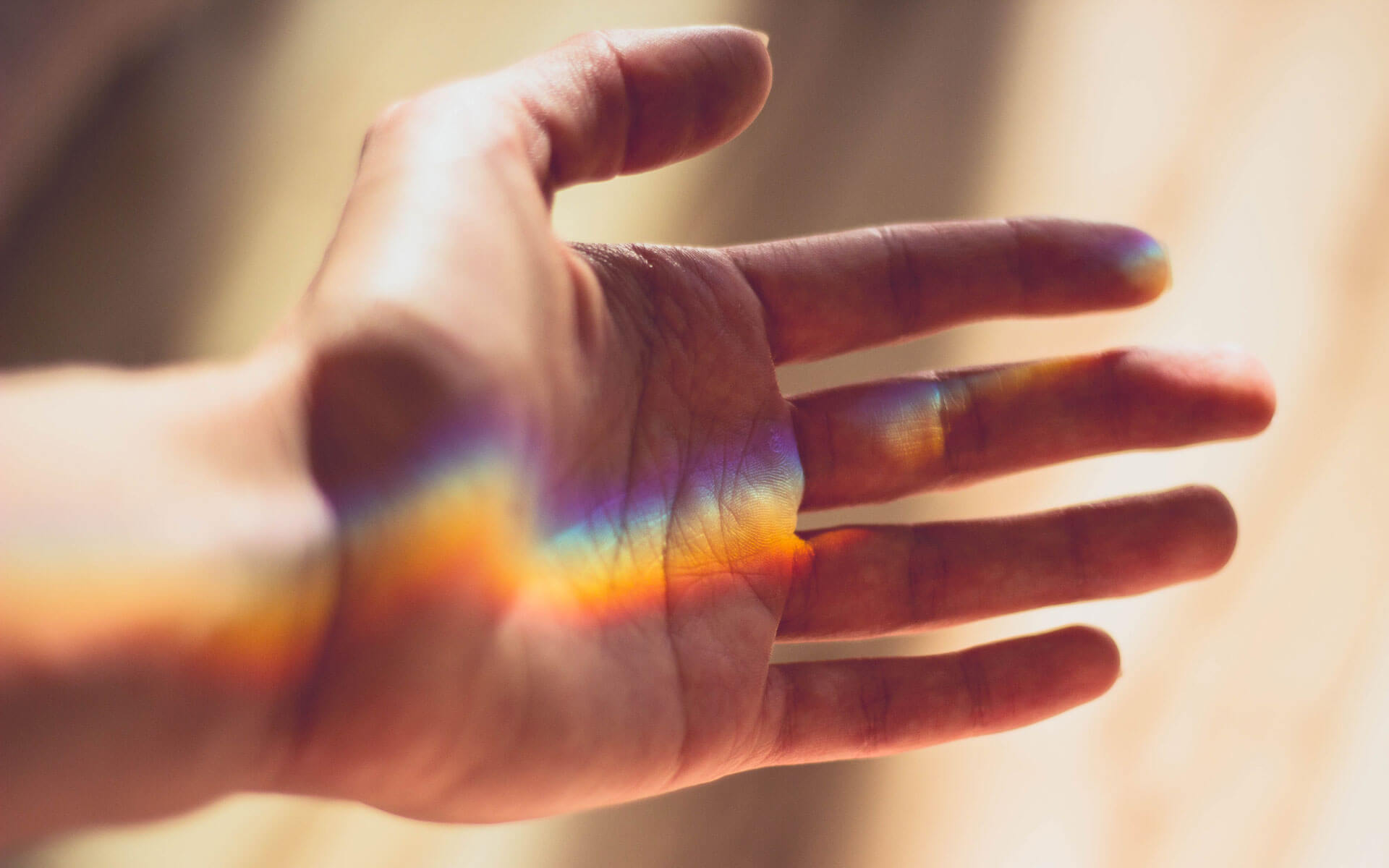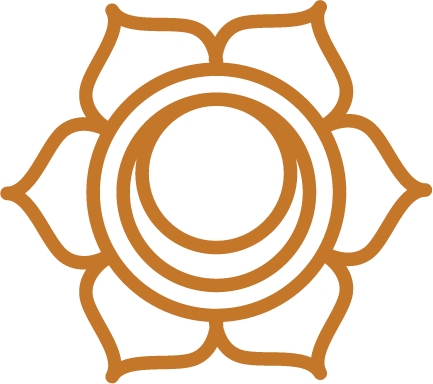What was it for you? A mention in a yoga class? A Reiki practitioner giving you a spot on assessment of what seems like everything in your life based on these chakras?
(Haven’t had the pleasure of receiving a Reiki session yet? Book here).
Whatever it is that got you researching, I hope to have you covered here.
Here, you’ll learn the basics. You’ll learn what the chakras are, how many there are, what they’re related to and what theme each of them governs.
- The Root Chakra – Security, Money, Food, Shelter.
- The Sacral Chakra – Pleasure, Emotion, Sensuality, Creativity
- The Solar Plexus Chakra – Sense of Self, Confidence, Ease
- The Heart Chakra – Love, Acceptance, Relationships
- The Throat Chakra – Authenticity, Communication, Creative Flow
- The Third Eye Chakra – Intuition, Clarity, Imagination
- The Crown Chakra – Faith, Connection, Deep Understanding

The Basics for the Root Chakra
- Location: The root chakra flows out of the perineum, through the legs and feet into the earth.
- Colour: Red or Brown-Red.
- Basic Right: Right to be here & Right to have.
- Body parts associated: Bones, skeletal structure, rectum, coccyx, perineum, legs, feet, urethra, urinary bladder, genitals, adrenal glands, adrenal cortex.
The Root Chakra is our ground, energetically speaking.
It’s our foundation, our ability to stand on our two feet.
It governs our ability to survive and to feel safe in the physical world.
Because the root chakra is developed in early infancy, it is formed first. It contains all the information in those early months where the challenge is to be here, as a physical being. As a physical being, we experience hunger, discomfort and pain. The questions we answer are: ” Is this a safe place?” “Am I welcome here?” Everything in our surroundings pertaining to these questions gets stored in the root chakra.
As we grow older, this sense of security manifests in the way we take care of ourselves. It plays out in our relationships with food, with shelter, with money – the things we need to survive.
The root chakra lies at the basis of our sense of security and ability to feel safe. When it is balanced, we are solidly anchored in the material world and able to feel safe in our environment.

The Basics for the Sacral Chakra
- Other Names: Second Chakra, Orange Chakra, Sacral Chakra, Svadhishthana Chakra.
- Location: 1 – 3 inches below the navel.
- Colour: Orange.
- Element: Water.
- Basic Right: The Right to Feel & The Right to Want.
- Body parts associated: lower abdomen, sexual organs/reproductive system, hips, pelvic area, lower back, kidneys, bladder.
The Sacral Chakra connects us to the flow of life. It dictates how comfortable we are with inevitable change and how much pleasure we have in living. Emotions, sexuality, creativity, & flexibility are all reigned by our second chakra.
When the Scaral Chakra is balanced, we are able to connect with sensual (and sexual) plesure easily. It does not take up all the room, but it is present. The Scaral Chakra also governs our needs. It speaks through emotion.

The Basics for the Solar Plexus Chakra
- Other Names: Manipura Chakra, Third Chakra, Fire Chakra, Yellow Chakra, Solar Plexus Chakra.
- Location: Above the navel, below the diaphragm.
- Colour: Yellow.
- Element: Fire.
- Basic Right: The Right to Act.
- Body parts associated: Digestive System: stomach, liver, small intestine; Muscles.
The Solar Plexus Chakra governs your ability to get from a point A to a point B with gusto. It’s your center of confidence, vitality, will-power & direction. With a healthy third chakra, you get your projects done, you enjoy challenges and you generally have a lot of energy. You exert control on your environment, but you also know when to let go.
It develops with the terrible twos, when you discover how much power you have and that you can manipulate your environment to obtain what you want.
The Solar Plexus Chakra determines how much energy we radiate into the world. When it’s bananced, we navigate te world easily and control and let go easily. Things are “Easy”. It is a great source of power.
The Basics for the Heart Chakra
- Other Names: Anahata chakra, Green Chakra, Acceptance Chakra, Heart Chakra, Fourth Chakra.
- Location: In the middle of the chest.
- Colour: Green.
- Element: Air.
- Basic Right: The Right to Connect.
- Body parts associated: Circulatory system, heart, lungs, shoulders, arms, hands.
The heart chakra is your center of acceptance. It’s the middle chakra and integrates your more human concerns (Chakras 1, 2 & 3) with your spiritual concerns (Chakras 5, 6 & 7). It is a center for healing and integration. When it’s healthy, you enjoy your relationships with others. There is a balanced give and take. You protect your limits, but are also able to open up and be vulnerable with people you trust.
The heart chakra recognizes the perfection in all things and is full of an all-encompassing, compassionate love.
The Heart Chakra is the bridge between the spiritual and the material chakras. It’s where healing and integration happens, through whether or not we are able to take care of ourselves and others. It is related to boundaries.

The Basics for the Throat Chakra
- Other Names: Visuddhi chakra, Fifth Chakra, Throat Chakra.
- Location: Throat & Neck.
- Colour: Blue.
- Element: Sound.
- Basic Right: The Right to Speak.
- Body parts associated: Throat, Vocal Cords, Thyroid, Neck, Mouth, Jaw, Ears.
The Throat Chakra governs your ability to express. It is the bridge between your inner world and the outer world. When the Throat Chakra is balanced, you express who you truly are in all your thoughts, words, and actions. You are able to be in the flow of life, expressing your needs and wants and interacting creatively with the world.
We all have a different reflection of reality in us. The throat allows us to share that truth through the voice, expressing emotions, thoughts and ideas, our boundaries, our needs. It also allows us to connect to a creative flow.

The Basics for the Third Eye Chakra
- Other Names: Ajna chakra.
- Location: In the forehead, between the two eyes.
- Colour: Indigo.
- Element: Light.
- Basic Right: The Right to See.
- Body parts associated: Brain, eyes, pituitary & pineal glands, nervous system.
The Third Eye Chakra governs your ability to perceive accurately: Do you see what’s truly there or are you interpreting it through your own filters?
When it is balanced, you are both grounded and connected to your intuition, perceiving accurately. Your mind is frequently clear and you are also able to imagine things differently than they are.
The Third Eye governs out ability to see reality as it is. A person with a balanced third eye is mentally flexible, clear, open-minded, intuitive and able to imagine things differently.

The Basics for the Crown Chakra
- Other Names: Sahasrāra Chakra, Seventh Chakra, Crown Chakra.
- Location: Right above the head, coming into the head through the top.
- Colour: White or Purple.
- Element: Consciousness.
- Basic Right: The Right to Understand.
- Body parts associated: Pituatary & Pineal Glands, Brain.
The Crown Chakra governs your ability to be connected to something bigger than you – God, the Universe, Allah, Source, whatever you’d like to call it – but also each other and higher concepts.
When The Crown Chakra is balanced, you are able to trust life, doing your part, and leaving the rest up to the divine. You are easily able to grasp the bigger picture, and have a sense of understanding of the world around you. Essentially, you are connected to the wisest you.
The Crown Chakra governs our ability to connect with the divine. With a balanced crown, we’re able to learn our spritual lessons, have faith, and live in harmony with our surroundings.
Go deeper?
The Chakras | Back to Basics of Energy Healing
You’ll learn:
- My favorite metaphor for understanding what the chakras are and how they work
- The themes and locations of each of the 7 chakras
– You’ll have to input your e-mail, but that won’t necessarily subscribe you to the newsletter (unless you want it to).
Live Chakra Masterclass with Inge
In this energy healing workshop, you will learn:
- What chakras are
- What each chakra’s theme is
- What blocks each chakra
- What too much energy in a chakra looks like
- What too little energy in a chakra looks like
… and … - ONE question to ask yourself to bring yourself back to balance










